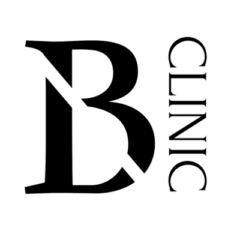Z79 899 Other long term current drug therapy ICD-10-CM Diagnosis Codes
Babies born with Neonatal Abstinence Syndrome are more likely to suffer from low birthweight, breathing problems, feeding problems, seizures, or birth defects. An opioid antagonist, works by blocking opioid receptors in the brain, without activating them, therefore blocking the effects of opioids (e.g., https://curiousmindmagazine.com/selecting-the-most-suitable-sober-house-for-addiction-recovery/ heroin, morphine). Naltrexone has a high affinity to the Mu opioid receptor, but not as high as buprenorphine. It implies a short-term resumption of substance use or heavy/hazardous use (e.g., for a night or a day) that is followed by a return to the original goal of moderate use or abstinence.
Immediate, short-term medically managed or monitored care, lasting up to 31 days in length. Most addiction treatment programs (e.g., “rehab”) follow an acute care model. Understanding substance use disorder to be a chronic illness, recovery may require ongoing continuing care beyond acute treatment episodes. After discussion with you, your health care provider may recommend medicine as part of your treatment for opioid addiction. Medicines don’t cure your opioid addiction, but they can help in your recovery. These medicines can reduce your craving for opioids and may help you avoid relapse.
Behavioral models
Colorado ranked 32nd in the nation in 2015 for its rate of total drug overdose deaths according to the Centers for Disease Control and Prevention (CDC). There are severe side effects of using naltrexone and NRT, including dizziness, headaches, tiredness, and muscle aches. Naltrexone, conventionally used to treat heroin addiction, has been used because of the similarities between gambling and substance addiction recognised in the DSM 5.
The first two forms of alcoholic liver disease can be reversed with prolonged sobriety, but cirrhosis causes irreversible scar tissue. Alcohol-related liver disease can have life-threatening complications. Long-term regular use can damage serotonin neurons, brain chemistry, and brain function in a way that may not be completely reversible. You may also struggle to feel pleasure, regulate emotions, and remember things. Certain drugs can affect the signals and binding ability of hormones.
Counseling and behavioral therapies
A psychoactive substance that increases or arouses physiologic or nervous system activity in the body. A stimulant will typically increase alertness, attention, and energy through a corresponding increase in heart rate, blood pressure, and respiration rates. Informally referred to as “uppers” (e.g., cocaine, amphetamine/methamphetamine). It is used to imply a short-term resumption of substance use or heavy/hazardous use (e.g., for a night or a day) that is followed by a return to the original goal of moderate use or abstinence.
When do you code long-term medication?
For many coders, that code is Z79. 899, Other long term (current) drug therapy. It is the catchall code when the patient is or has taken a medication on a long-term basis. Coding Clinic for ICD-10-CM/PCS recommends using this code to capture the use of injectable diabetic drugs, Flonase, or immunosuppressants.
